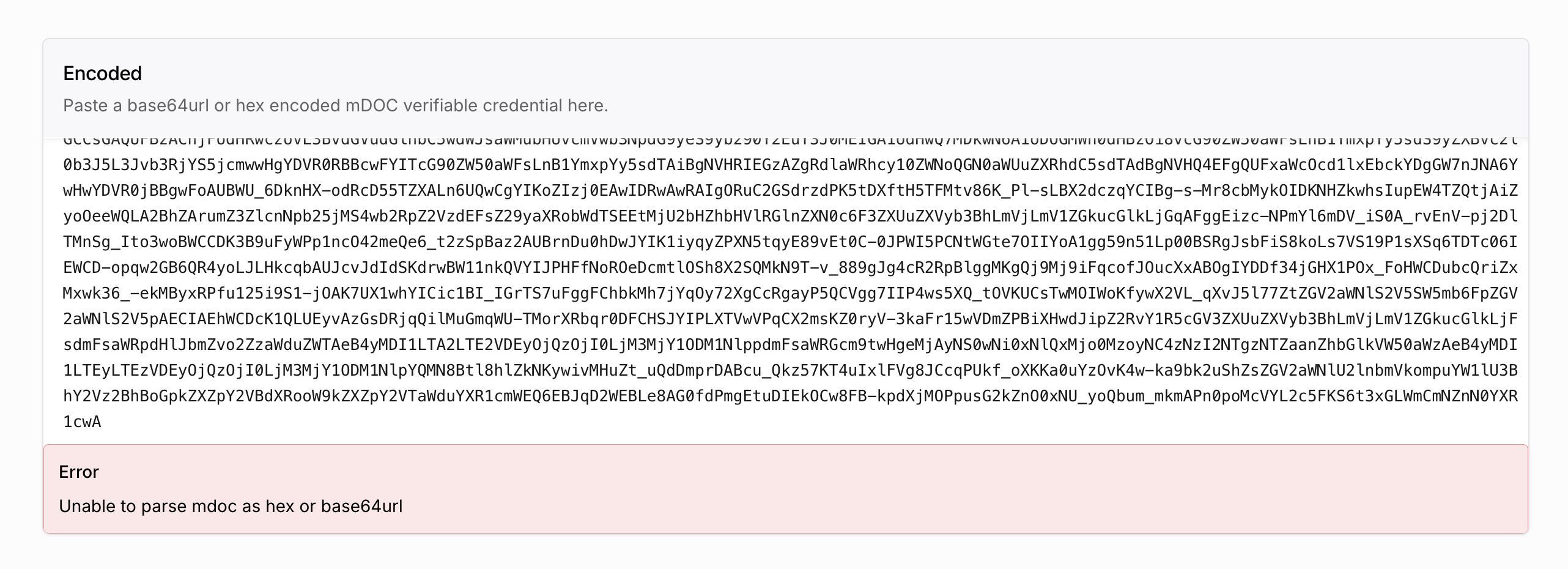While Paradym already removed data as soon as possible for most record types, the verification sessions still contained the data from the credentials received in a verification indefinitely.
To better handle different data retention requirements we have added a new configuration option "Verification data access" (verificationDataAccess) to the project settings. The option currently has five options:
webhook - only emit verification data as webhookonce - only allow verification data to be retrieved once, with a limit of 15 minutes.15min - only allow verification data to be retrieved for 15 minutes1week (deprecated, see below) - only allow verification data to be retrieved for 1 weekindefinite (deprecated, see below) - allow verification data to be retrieved indefinitely
For new projects the default is to emit verification data as webhooks (webhook), as we recommend to handle it through webhooks. If you can't rely on webhooks, we recommend setting the access to once (once) or for a maximum of 15 minutes (15min). This should give enough time to fetch the verification data from our API, before it is removed.
For existing projects, we have set the default to indefinite for now (indefinite), to allow for a smoother transition period. You should update your projects to use webhooks (recommended), once (recommend) or 15min.
If the verification data access is set to once, the verification data is only accessible through the "Retrieve verification session by id" endpoints, not through the paginated "Retrieve verification sessions" endpoint.
The 1week and indefinite options are deprecated and only introduced for migration purposes to the newer and shorter retention periods. These options will be removed in the future.
In all cases Paradym will still store the metadata about a verification session in the DIDComm or OpenID4VC verification session. The verification data retention option only covers the actual data from the credentials received in a verification. This includes the following attributes:
presentedAttributesrawissuerholder
You can configure the data retention for your project in the dashboard under Settings → Project. The Verify Credentials guide has been updated with additional context on setting up and handling verification webhook events.
New verification data webhooks
To integrate with the new data access options, we have added two new verification data webhook events:
These two webhook events are similar to their *.verification.verified event counterparts, however this event also contains the data from the credentials received in a verification.
If you're upgrading to handle verification data through webhooks, make sure listen to this event.
Configure webhook event types from dashboard
while you could already specify which event types to register for a specific webhook through the API, it's now also possible to configure this through the dashboard.
This makes it even easier to only listen for webhooks you need in your application, while also enhancing the performance and security.
You can find the new webhook configuration options in the dashboard under Settings → Webhooks.



